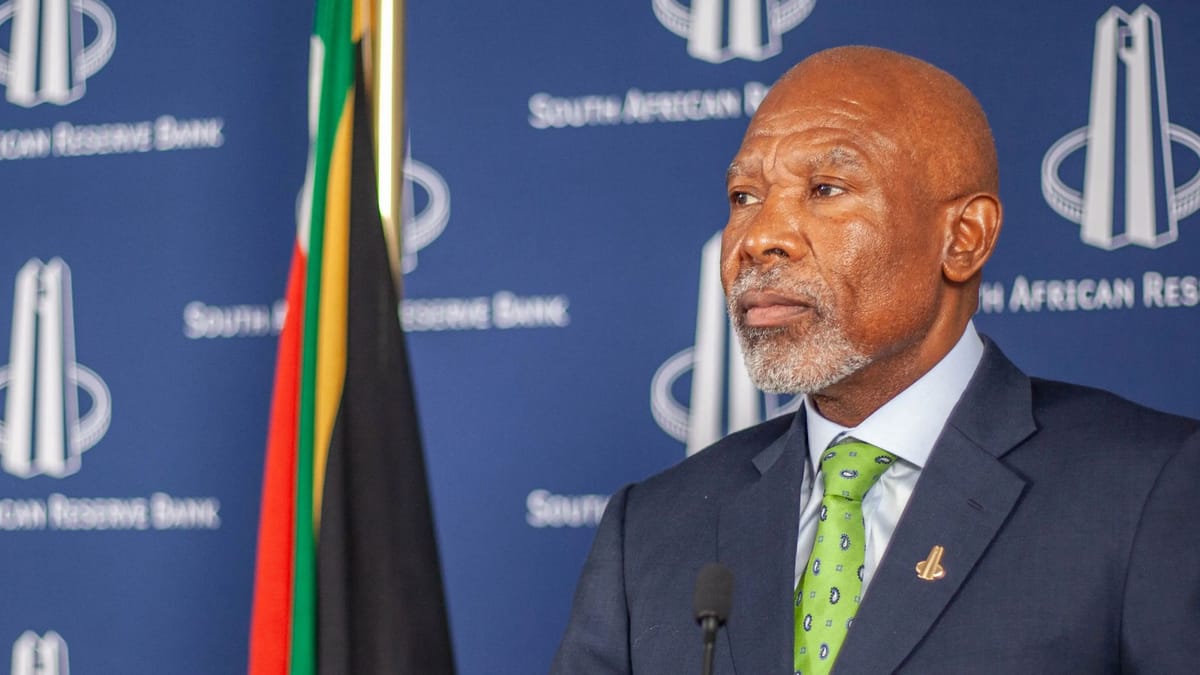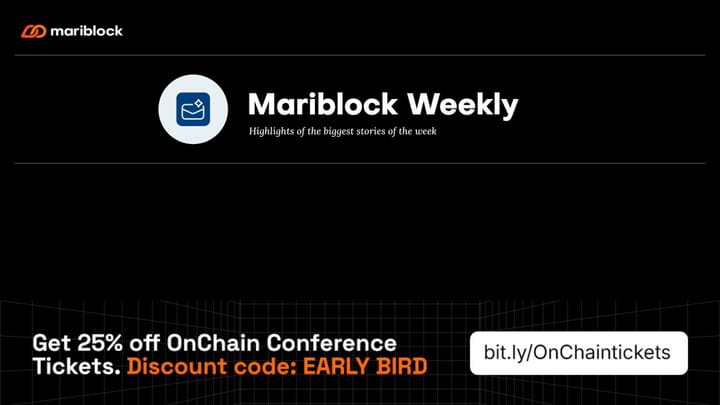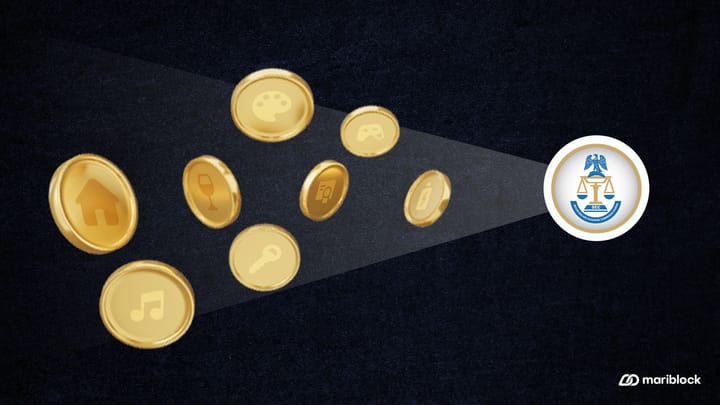USD stablecoins can undermine African monetary sovereignty — SARB Governor
Lesetja Kganyago says he is unconvinced by the supposed stability of USD-pegged stablecoins and believes their backing can be called into question

South African Reserve Bank Governor Lesetja Kganyago has raised concerns about the stability of stablecoins, warning that it could threaten the sovereignty of central banks.
He noted that as more Africans turn to U.S. dollar-pegged stablecoins beyond the control of local regulators, they risk undermining national currencies and weakening the effectiveness of monetary policy.
The details
- Speaking on a pan-African television program, Kganyago challenged the classification of cryptocurrencies as currencies, arguing that they should instead be regarded as assets.
- He also questioned the stability of stablecoins, noting that many are largely backed by U.S. Treasuries — assets that themselves have recently come under scrutiny as being less secure than once believed.
- The governor added that SARB created a framework to recognize stablecoins and other crypto assets as financial instruments to ensure that regulators can keep a close eye on their usage within South African borders and protect users.
- According to Kganyago, the rise in stablecoin adoption, especially in countries with restricted access to foreign exchange, proves that consumers are looking to “manufacture” forex outside of central bank controls.
- Unchecked, this poses a threat to African central banks exercising monetary policy controls over the financial ecosystem of their countries, a situation that can “break the banks,” Kganyago said.
- However, he proposed that the best way to handle these situations is not to ban crypto and stablecoins but to create measures that will restore faith in African local currencies.
What was said
- On the status of cryptocurrencies as currencies versus assets, Lesetja Kganyago said:
“There are crypto assets — and I am deliberately using the term ‘crypto assets’ because some people think they are currencies; they are not currencies— and the technology that underpins them...[which] has found itself also in the creation of stablecoins.”
- He added:
“I have a problem with the name ‘stablecoins’ because I am not sure that they are quite [as] stable as they are made out to be...At the moment, US Treasuries are seen as safe assets [backing USD-pegged stablecoins], but there are questions about how safe is the safe asset.”
- Speaking on the effects of the increased adoption of USD-pegged stablecoins, Kganyago said:
“The creation of stablecoins, especially the dollar stablecoins, are being used to undermine African currencies. We see the rise in the use of stablecoins on the African continent in countries that are experiencing a shortage of forex, so people are creating their own forex, and I worry that some of the countries will lose monetary sovereignty.”
Some context
- Between mid-2024 and mid-2025, more than $200 billion worth of value was moved on-chain across Africa — and stablecoins accounted for nearly half of that amount, driven largely by activity in Nigeria, Ghana, and Kenya.
- These countries are known for their currency woes, with the Nigerian naira, in line with projections the year before, reaching record devaluation in 2024.
- In the third quarter of 2025, the Ghanaian cedi saw the biggest drop of any local currency globally, losing 13% of its value.
- These weak currencies, combined with a shortage of forex as central banks scramble to stem the free fall of these local currencies, has seen the demand for stablecoins grow in the last few years.
- This is because stablecoins are seen as a viable and more attainable alternative to obtaining the USD, especially by merchants who often must go through several hoops to access forex for their trade activities.




